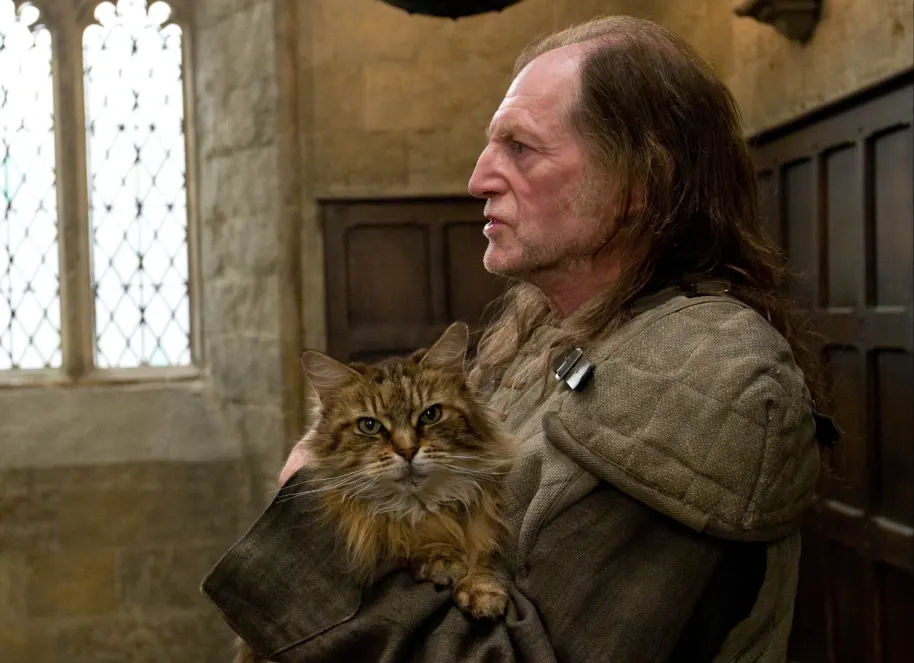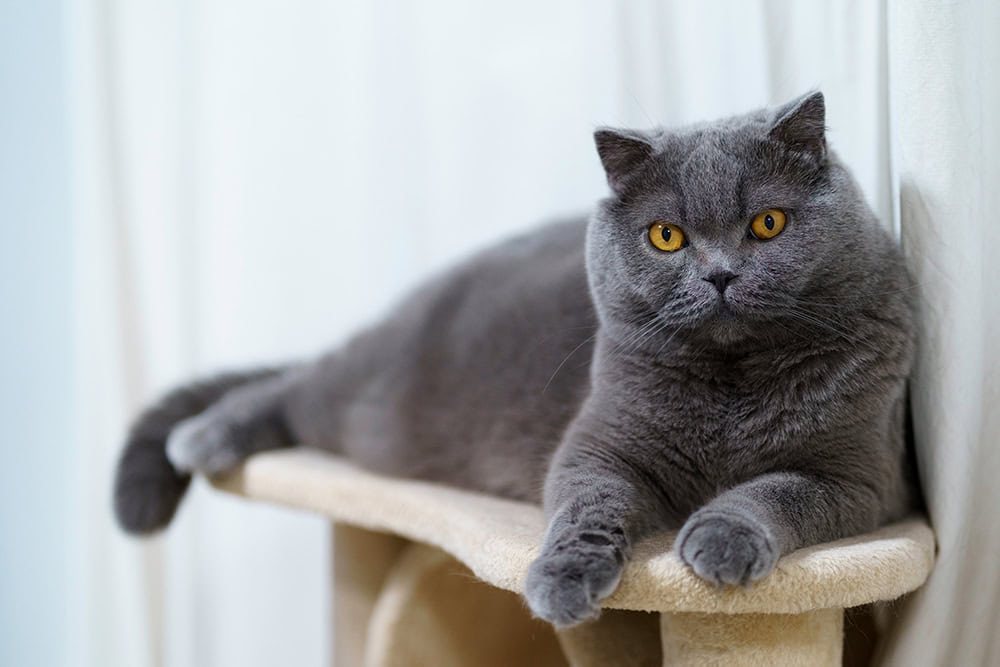Are Venus Flytraps Poisonous to Cats? Keeping Your Cat Safe

Updated on

Venus flytraps (Dionaea muscipula) are cool, creepy, and a little hard to believe. After all, it’s not every day that you see a poisonous plant! But they’re also fairly common house plants, and many owners love to have them around. But if you have a flytrap plant and you’re also a cat owner, you don’t need to be worried.
Venus flytraps are non-toxic to cats and aren’t going to hurt your cat if they trigger.1 However, if your cat is the curious type, you might want to put your flytrap out of reach or cover it—after all, they are more delicate, and your cat might damage it.
What is a Venus Flytrap?
Venus flytraps are a species of plant that’s famous for being carnivorous. Each plant has a modified leaf structure that’s totally unique, with a pair of leaf endings that look kind of like a spiky mouth. Insects are attracted by fragrant nectar and will land on the leaves, causing them to snap shut and trap their prey inside. Flytraps grow in nutrient-poor soils and use flies and other insects to supplement their diets.
Flytraps are small and can be grown in captivity, so they are often sold as house plants. They are also found in the wild in North and South Carolina.

What Happens if a Cat Eats a Venus Flytrap?
If you own a cat and also have flytrap plants, you don’t need to worry about your cat’s health. Flytraps are not toxic to humans or cats. They produce a fragrant nectar that attracts insects, but since it has a sour, slightly fruity smell, most cats don’t seem interested in it either way. After all, Venus flytraps are trying to attract bugs that eat rotting fruit or flower nectar, not carnivorous mammals.
However, your cat might give the plant an experimental nibble if they often get into house plants. They might also be attracted to a Venus flytrap that has recently eaten if they often eat bugs.
Triggering Flytraps
If your cat starts nosing around a Venus flytrap, there’s a good chance that they’ll trigger one of the flytrap heads. These heads snap shut when something touches the inside of them several times, and a cat’s nose or whiskers might set it off. If that does happen, don’t worry about your cat. The heads are quite small, only about an inch across, and don’t have sharp teeth or a strong grip. They are meant to trap bugs, so your cat will likely pull their whiskers, nose, or paw straight out.
That doesn’t mean that it’s a good idea to let your cat trigger the plant. Opening and closing costs flytraps a lot of energy, and it isn’t healthy for them to close without food inside. The movement can also startle your cat, which isn’t very pleasant for them.

Discouraging Cats from Eating House Plants
Even though Venus flytraps aren’t poisonous, you probably don’t want your cat eating them. Flytraps are delicate plants that require precise conditions to grow, and being damaged by a cat won’t help their chances. If you want to discourage your cat from eating the flytrap, consider moving it to a higher place where your cat can’t reach it easily or planting it in a hanging pot.
You can also use a glass or plastic cover over your flowerpot to keep your cat out of the plant.
Conclusion
Even though it’s not fun to see your cat get into houseplants if your cat eats Venus flytraps, you don’t have to worry about them. These plants might look scary, but they won’t hurt your cat, and they aren’t poisonous when ingested, so they are pretty safe to keep around cats.
See also:
- Are There Wild Cats in South Carolina? What You Need to Know
- Do Cats Eat Bugs & Insects? Nutrition Facts & FAQ (Vet Answer)
Featured Image Credit: RainerBerns, Pixabay












